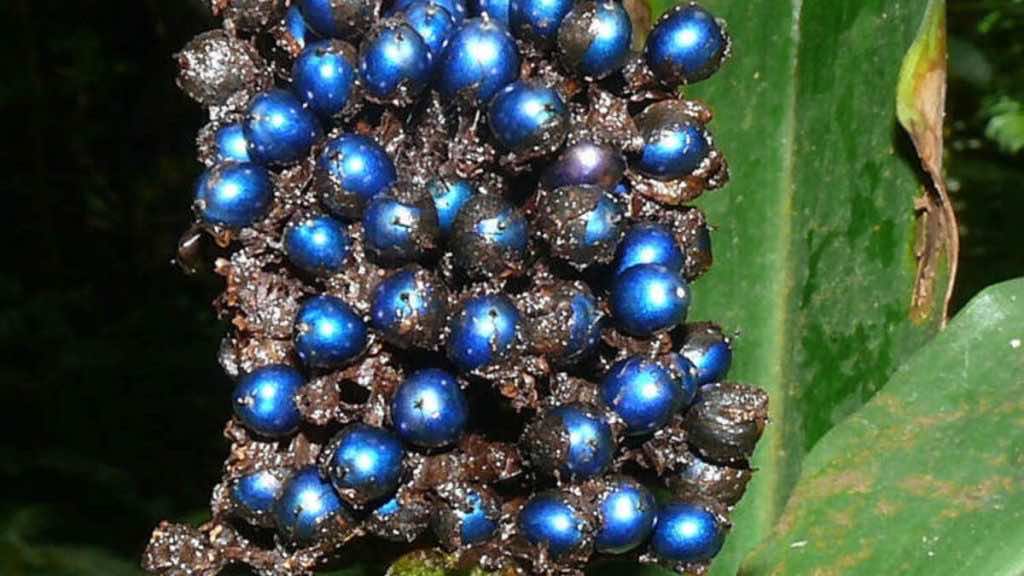Today, we are talking about an undeniably cool and appealing creature, i.e., “The fruit of Pollia condensate,” otherwise known as the Marble Berry. Recently, scientists conducted a study on marble berries regarding their radiant nature, and they were compelled to call them the “world’s brightest living things.” Marble berries grow in the forests of Central Africa and their plants are about one meter in length and usually contain around 40 berries on each plant. You might have come across a lot of bright fruits, flowers, and plants, but these marble berries are one of a kind. It is definitely a sight to behold and feels so pleasurable to look at.
People have long been witnessing marble berries in countries like Ethiopia, Mozambique, Tanzania, and Ghana, but none of them actually knew the reason behind this world’s brightest living thing. Interestingly enough, a group of researchers from the University of Cambridge has stepped up to explore the hidden secret behind the fascinating nature of marble berries. They started their research with the “bending of light” phenomenon that has been used by most plants in order to give a brighter look.
However, for this purpose, the researchers made their way to Kew Gardens in the UK, where they found the plants of marble berries that originated from Ghana back in 1974. They were stunned to see that the plant was still shining with as much brightness as it was on the first day. This made them compelled to look into more details. After extensive research, it was found that the marble berry doesn’t attribute its brightness to the pigments like other plants. Instead, it contains a specific type of cell that reflects light in such a way that ultimately became its reason for being the world’s brightest organic thing.
To that end, scientists named the phenomenon “structural coloring” that has been exhibited by marble berries. A similar example can be taken from the peacock, whose feathers appear as blue, turquoise, and green but are originally pigmented “brown”. Being impressed from the mesmerizing beauty of marble berries, food designers Bompas & Parr teamed up with the jewelry designer Maud Traon a few years back in order to create a silver and a marble berry bracelet. Parr said, “It’s surprising that they haven’t been used in jewelry before now, especially when you consider you don’t have to process them as you would an uncut diamond.”

